|
Your search criteria found 3151 images Feature Name |
| My List |
Addition Date |
Target
|
Mission | Instrument | Size |

|
2005-07-26 | Enceladus |
Cassini-Huygens |
ISS - Narrow Angle |
3237x3812x3 |

|
|||||

|
2005-08-30 | Enceladus |
Cassini-Huygens Voyager |
Imaging Science Subsystem |
2488x2448x3 |
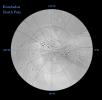
|
|||||

|
2005-08-30 | Enceladus |
Cassini-Huygens Voyager |
Imaging Science Subsystem |
2488x2448x3 |
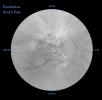
|
|||||

|
2005-08-30 | Enceladus |
Cassini-Huygens Voyager |
Imaging Science Subsystem |
2488x2448x3 |
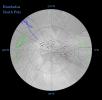
|
|||||

|
2005-08-30 | Enceladus |
Cassini-Huygens Voyager |
Imaging Science Subsystem |
2488x2448x3 |
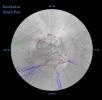
|
|||||

|
2006-12-29 | Enceladus |
Cassini-Huygens |
ISS - Narrow Angle |
6404x6404x3 |
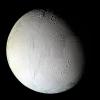
|
|||||

|
2006-12-29 | Enceladus |
Cassini-Huygens |
ISS - Narrow Angle Imaging Science Subsystem - Wide Angle |
8804x8804x1 |

|
|||||

|
2008-03-14 | Enceladus |
Cassini-Huygens |
ISS - Narrow Angle |
3380x2211x1 |
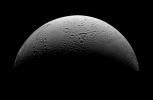
|
|||||

|
2008-08-12 | Enceladus |
Cassini-Huygens |
ISS - Narrow Angle |
799x809x1 |

|
|||||

|
2008-10-03 | Enceladus |
Cassini-Huygens |
ISS - Narrow Angle |
900x900x1 |
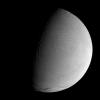
|
|||||

|
2008-12-15 | Enceladus |
Cassini-Huygens |
Imaging Science Subsystem |
768x769x3 |

|
|||||

|
2008-12-15 | Enceladus |
Cassini-Huygens |
Imaging Science Subsystem |
640x479x1 |
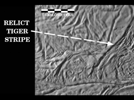
|
|||||

|
2008-12-15 | Enceladus |
Cassini-Huygens |
Imaging Science Subsystem |
2442x2189x3 |
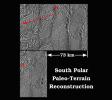
|
|||||

|
2009-11-11 | Enceladus |
Cassini-Huygens Voyager |
Imaging Science Subsystem |
1244x1244x3 |
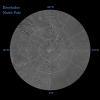
|
|||||

|
2009-11-11 | Enceladus |
Cassini-Huygens Voyager |
Imaging Science Subsystem |
1244x1244x3 |

|
|||||

|
2010-03-03 | Enceladus |
Cassini-Huygens |
Imaging Science Subsystem |
4583x4583x1 |
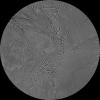
|
|||||

|
2010-03-03 | Enceladus |
Cassini-Huygens |
Imaging Science Subsystem |
4583x4583x1 |
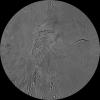
|
|||||

|
2013-04-11 | Enceladus |
Cassini-Huygens |
Imaging Science Subsystem |
9166x9166x1 |
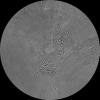
|
|||||

|
2013-04-11 | Enceladus |
Cassini-Huygens |
Imaging Science Subsystem |
9166x9166x1 |
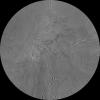
|
|||||

|
2015-10-15 | Enceladus |
Cassini-Huygens |
ISS - Wide Angle |
1024x711x1 |
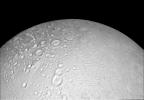
|
|||||

|
2015-10-26 | Enceladus |
Cassini-Huygens |
ISS - Narrow Angle |
962x997x1 |

|
|||||

|
2015-12-21 | Enceladus |
Cassini-Huygens |
ISS - Narrow Angle |
1023x928x1 |
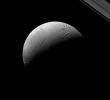
|
|||||

|
2016-03-14 | Enceladus |
Cassini-Huygens |
ISS - Narrow Angle |
1020x1020x1 |
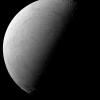
|
|||||

|
2016-04-18 | Enceladus |
Cassini-Huygens |
ISS - Narrow Angle |
1019x947x1 |
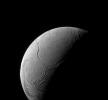
|
|||||

|
2017-03-06 | Enceladus |
Cassini-Huygens |
ISS - Narrow Angle |
1020x1020x1 |
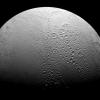
|
|||||

|
2005-06-29 | Epimetheus |
Cassini-Huygens |
ISS - Narrow Angle |
292x282x1 |
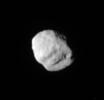
|
|||||

|
2008-01-11 | Epimetheus |
Cassini-Huygens |
ISS - Narrow Angle |
1024x1024x3 |
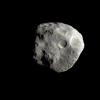
|
|||||

|
2009-07-07 | Epimetheus |
Cassini-Huygens |
ISS - Narrow Angle |
470x470x1 |
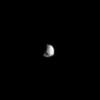
|
|||||

|
2016-05-09 | Epimetheus |
Cassini-Huygens |
ISS - Narrow Angle |
1020x1020x1 |
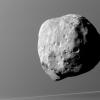
|
|||||

|
2017-07-03 | Epimetheus |
Cassini-Huygens |
ISS - Narrow Angle |
1020x1020x1 |
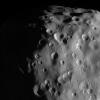
|
|||||

|
2000-05-07 | Eros |
NEAR Shoemaker |
Multi-Spectral Imager |
1055x900x1 |
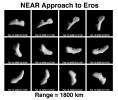
|
|||||

|
2000-05-07 | Eros |
NEAR Shoemaker |
Multi-Spectral Imager |
640x691x1 |

|
|||||

|
2000-05-07 | Eros |
NEAR Shoemaker |
Multi-Spectral Imager |
512x345x1 |
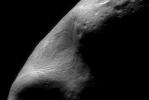
|
|||||

|
2000-06-10 | Eros |
NEAR Shoemaker |
Multi-Spectral Imager |
800x800x1 |
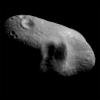
|
|||||

|
2000-06-10 | Eros |
NEAR Shoemaker |
Multi-Spectral Imager |
423x405x1 |
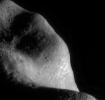
|
|||||

|
2000-06-10 | Eros |
NEAR Shoemaker |
Multi-Spectral Imager |
372x477x1 |

|
|||||

|
2000-06-10 | Eros |
NEAR Shoemaker |
Multi-Spectral Imager |
372x477x1 |

|
|||||

|
2000-06-10 | Eros |
NEAR Shoemaker |
Multi-Spectral Imager |
750x477x1 |
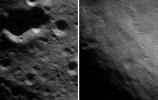
|
|||||

|
2000-06-10 | Eros |
NEAR Shoemaker |
Multi-Spectral Imager |
372x477x1 |

|
|||||

|
2000-06-10 | Eros |
NEAR Shoemaker |
Multi-Spectral Imager |
477x372x1 |
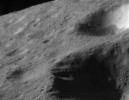
|
|||||

|
2000-06-10 | Eros |
NEAR Shoemaker |
Multi-Spectral Imager |
477x372x1 |
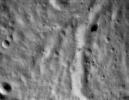
|
|||||

|
2000-06-10 | Eros |
NEAR Shoemaker |
Multi-Spectral Imager |
477x342x1 |
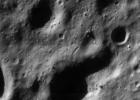
|
|||||

|
2000-06-10 | Eros |
NEAR Shoemaker |
Multi-Spectral Imager |
468x312x3 |
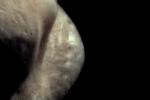
|
|||||

|
2000-07-06 | Eros |
NEAR Shoemaker |
Multi-Spectral Imager |
472x352x1 |
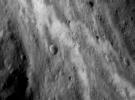
|
|||||

|
2000-07-06 | Eros |
NEAR Shoemaker |
Multi-Spectral Imager |
472x352x1 |
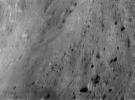
|
|||||

|
2000-08-05 | Eros |
NEAR Shoemaker |
Multi-Spectral Imager |
375x468x3 |

|
|||||

|
2000-08-05 | Eros |
NEAR Shoemaker |
Multi-Spectral Imager |
472x372x1 |
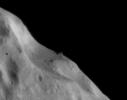
|
|||||

|
2000-08-05 | Eros |
NEAR Shoemaker |
Multi-Spectral Imager |
750x372x1 |
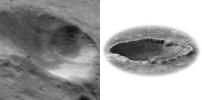
|
|||||

|
2000-08-05 | Eros |
NEAR Shoemaker |
Multi-Spectral Imager |
372x472x1 |

|
|||||

|
2001-02-17 | Eros |
NEAR Shoemaker |
Multi-Spectral Imager |
493x391x1 |
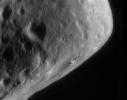
|
|||||

|
2001-02-17 | Eros |
NEAR Shoemaker |
Multi-Spectral Imager |
946x694x1 |
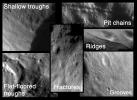
|
|||||

|
2001-02-17 | Eros |
NEAR Shoemaker |
Multi-Spectral Imager |
1667x1267x1 |
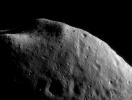
|
|||||

|
2001-02-17 | Eros |
NEAR Shoemaker |
Multi-Spectral Imager |
884x1134x1 |

|
|||||

|
2001-02-17 | Eros |
NEAR Shoemaker |
Multi-Spectral Imager |
2020x1530x1 |
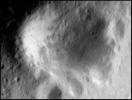
|
|||||

|
2001-02-17 | Eros |
NEAR Shoemaker |
Multi-Spectral Imager |
292x492x1 |

|
|||||

|
2001-02-17 | Eros |
NEAR Shoemaker |
Multi-Spectral Imager |
766x532x3 |
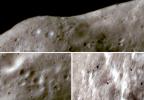
|
|||||

|
1997-09-07 | Europa |
Galileo |
Solid-State Imaging |
1070x868x1 |
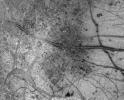
|
|||||

|
1998-03-26 | Europa |
Galileo |
Solid-State Imaging |
1903x1864x1 |
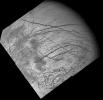
|
|||||

|
1996-09-26 | Europa |
Voyager |
VG ISS - Narrow Angle |
704x680x3 |
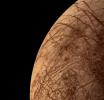
|
|||||

|
1997-11-18 | Europa |
Galileo |
Solid-State Imaging |
2000x1000x3 |
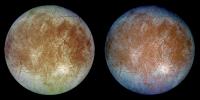
|
|||||

|
1997-12-18 | Europa |
Galileo |
Solid-State Imaging |
800x800x1 |
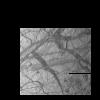
|
|||||

|
1998-03-06 | Europa |
Galileo |
Solid-State Imaging |
1248x800x1 |
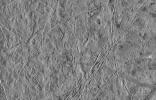
|
|||||

|
1998-03-06 | Europa |
Galileo |
Solid-State Imaging |
880x396x1 |
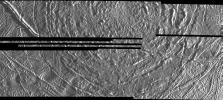
|
|||||

|
1998-03-06 | Europa |
Galileo |
Solid-State Imaging |
725x398x1 |
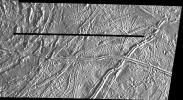
|
|||||

|
1998-03-06 | Europa |
Galileo |
Solid-State Imaging |
730x1410x1 |

|
|||||

|
1998-03-06 | Europa |
Galileo |
Solid-State Imaging |
1410x912x1 |
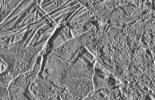
|
|||||

|
1998-03-26 | Europa |
Galileo |
Solid-State Imaging |
920x720x1 |
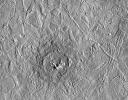
|
|||||

|
1998-03-06 | Europa |
Galileo |
Solid-State Imaging |
1400x1000x1 |
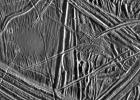
|
|||||

|
1998-03-06 | Europa |
Galileo |
Solid-State Imaging |
674x875x1 |

|
|||||

|
1998-03-26 | Europa |
Galileo |
Solid-State Imaging |
719x732x3 |

|
|||||

|
1998-03-26 | Europa |
Galileo |
Solid-State Imaging |
2000x1350x3 |
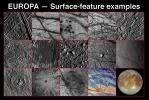
|
|||||

|
1998-03-26 | Europa |
Galileo |
Solid-State Imaging |
600x600x1 |
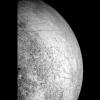
|
|||||

|
1997-12-10 | Europa |
Galileo |
Solid-State Imaging |
807x920x3 |

|
|||||

|
1998-02-04 | Europa |
Galileo |
Solid-State Imaging |
1259x556x3 |
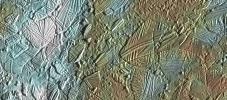
|
|||||

|
1998-03-02 | Europa |
Galileo |
Solid-State Imaging |
733x406x3 |
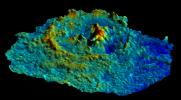
|
|||||

|
1998-03-02 | Europa |
Galileo |
Solid-State Imaging |
1400x1120x1 |
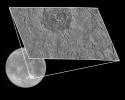
|
|||||

|
1998-03-02 | Europa |
Galileo |
Solid-State Imaging |
310x796x1 |
|
|
|||||

|
1998-03-06 | Europa |
Galileo |
Solid-State Imaging |
1018x1293x3 |

|
|||||

|
1998-05-21 | Europa |
Galileo |
Solid-State Imaging |
2700x2200x1 |
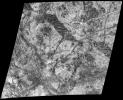
|
|||||

|
1998-05-21 | Europa |
Galileo |
Solid-State Imaging |
1042x643x3 |
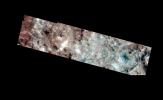
|
|||||

|
1998-05-21 | Europa |
Galileo |
Solid-State Imaging |
800x400x1 |
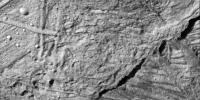
|
|||||

|
1998-05-21 | Europa |
Galileo |
Solid-State Imaging |
814x560x1 |
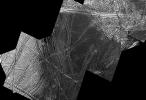
|
|||||

|
1998-05-21 | Europa |
Galileo |
Solid-State Imaging |
856x407x3 |
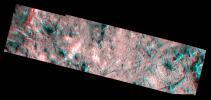
|
|||||

|
1998-05-21 | Europa |
Galileo |
Solid-State Imaging |
4000x2024x1 |
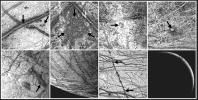
|
|||||

|
1999-02-08 | Europa |
Voyager |
VG ISS - Narrow Angle |
790x790x1 |
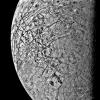
|
|||||

|
1999-02-08 | Europa |
Voyager |
VG ISS - Narrow Angle |
864x922x1 |

|
|||||

|
1999-03-23 | Europa |
Voyager |
VG ISS - Narrow Angle |
790x790x1 |
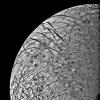
|
|||||

|
1998-10-13 | Europa |
Galileo |
Solid-State Imaging |
2686x2494x1 |
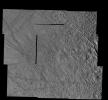
|
|||||

|
1998-12-07 | Europa |
Galileo |
Solid-State Imaging |
2476x1988x1 |
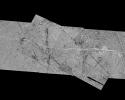
|
|||||

|
1998-12-07 | Europa |
Galileo |
Solid-State Imaging |
1152x626x3 |
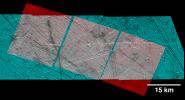
|
|||||

|
1999-01-18 | Europa |
Galileo |
Solid-State Imaging |
988x900x1 |
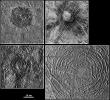
|
|||||

|
1999-01-18 | Europa |
Galileo |
Solid-State Imaging |
700x540x1 |
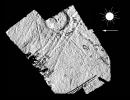
|
|||||

|
1999-01-18 | Europa |
Galileo |
Solid-State Imaging |
1050x520x3 |
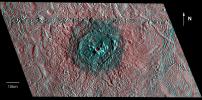
|
|||||

|
2000-03-06 | Europa |
Galileo |
Solid-State Imaging |
900x900x1 |
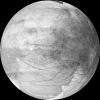
|
|||||

|
2000-07-10 | Europa |
Galileo |
Near Infrared Mapping Spectrometer |
950x650x3 |
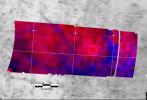
|
|||||

|
2001-06-22 | Europa |
Galileo |
Solid-State Imaging |
536x900x3 |

|
|||||

|
2000-09-25 | Europa |
Galileo |
Solid-State Imaging |
4306x3306x3 |
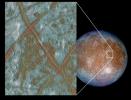
|
|||||

|
2013-12-11 | Europa |
Galileo |
Near Infra-Red Mapping Spectrometer |
1601x800x3 |
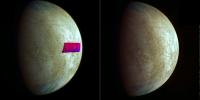
|
|||||

|
2014-01-08 | Europa |
Galileo |
1337x715x1 | |
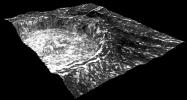
|
|||||

|
2017-02-08 | Europa |
Galileo |
Solid-State Imaging |
1338x2619x1 |

|
|||||

|
 |
 |
 |
 |
 |
 |
 |
 |
 |
 |

|
| 1-100 | 101-200 | 201-300 | 301-400 | 401-500 | 501-600 | 601-700 | 701-800 | 801-900 | 901-1000 |
| Currently displaying images: 401 - 500 of 3151 |